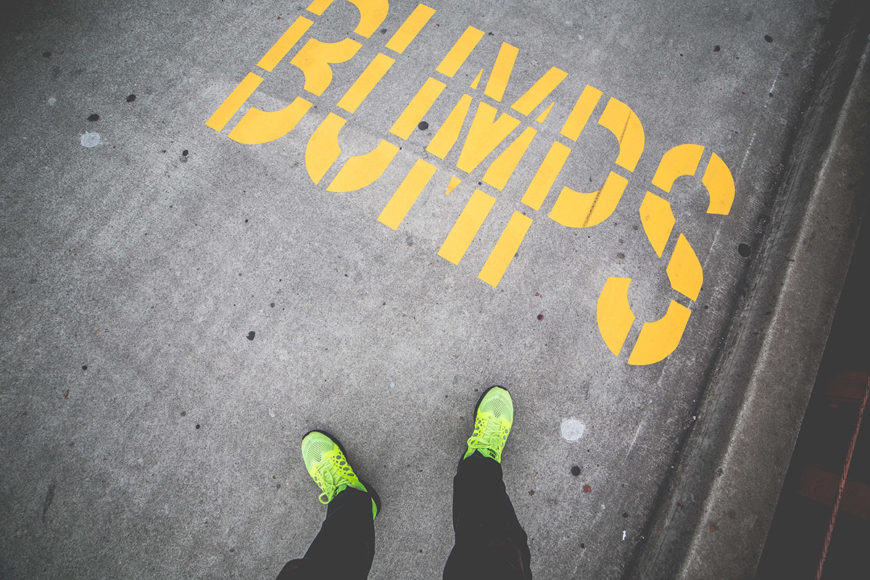ALERT: Agencies Zero In on H-1B Program, Announce Changes During Critical Cap Lottery Filing Window
In a flurry of memoranda and press releases issued right before and during the filing window for this year’s H-1B cap lottery, U.S. Citizenship and Immigration Services and the U.S. Department of Labor announced efforts to curtail perceived fraud and abuse in the H-1B program.
On March 31, USCIS issued a policy memorandum clarifying that entry-level computer programmer positions do not generally qualify as “specialty occupations” as required by the H-1B visa category. This memorandum supersedes the prior “Terry Way” memorandum, which provided a basis for arguing that such positions should qualify as specialty occupations. In light of the new memorandum, computer programmer positions offered at an entry-level “Level 1” wage are unlikely to qualify for H-1B treatment.
Three days later, USCIS issued a press release announcing efforts to identify potential fraud in the H-1B program via targeted site visits. The site visits will focus on 1. Cases where USCIS cannot validate the H-1B petitioner’s basic business information, 2. Companies (called H-1B dependent employers) which employ a high ratio of H-1B employees, and 3. Companies filing H-1B petitions for employees to work off-site at another company’s location.
Then on April 5, the Department of Labor issued a press release announcing its commitment to “protect[ing] U.S. workers from H-1B program discrimination.” DOL says it will focus on “rigorously” using its authority to investigate possible H-1B program violators and will also consider changing the Labor Condition Application, a DOL-administered component of the H-1B application process, to provide improved transparency.
These efforts likely reflect the current administration’s focus on reforming the H-1B program. On the campaign trail, President Trump vowed to “end forever the use of the H-1B as a cheap labor program, and institute an absolute requirement to hire American workers first for every visa and immigration program.” That the changes were announced immediately prior to and during the H-1B filing window that opened on April 1 means they may affect already-filed H-1B petitions.
Huddleston Law Group regularly counsels clients regarding the H-1B visa program. Please contact us if you would like to discuss these issues further.
The USCIS Policy Memorandum, Rescission of the December 22, 2000 “Guidance memo on H1B computer related positions,” is available at: https://www.uscis.gov/sites/default/files/files/nativedocuments/PM-6002-0142-H-1BComputerRelatedPositionsRecission.pdf
The USCIS Press Release, Putting American Workers First: USCIS Announces Further Measures to Detect H-1B Visa Fraud and Abuse, is available at: https://www.uscis.gov/news/news-releases/putting-american-workers-first-uscis-announces-further-measures-detect-h-1b-visa-fraud-and-abuse
The DOL Press Release, US Department of Labor Announces Plans to Protect American Workers from H-1B Program Discrimination,” is available at: https://www.dol.gov/newsroom/releases/eta/eta20170404-0



